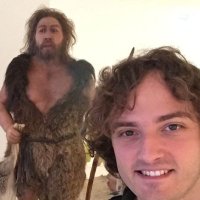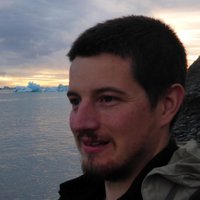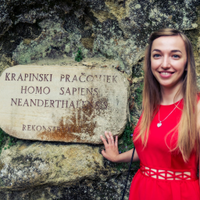
ManjushaChintalapati
@m_chintalapati
Technology & Science
ID: 752963123628351488
12-07-2016 20:29:32
19 Tweet
168 Followers
92 Following


My wife ManjushaChintalapati and I have successfully defended our PhD thesis’ on the same date 06-12-2018. Our Heartfelt thanks to our supervisors and the committee; friends and family who attended in person and online 🙏



Check out our review about signals & methods to estimate present-day DNA contamination in ancient DNA datasets! Kay Prüfer and I hoped to provide a clear overview of available methods and highlight potential avenues for future development #BioEssays onlinelibrary.wiley.com/doi/10.1002/bi…


I have finally emerged from food coma caused by all the🍕& 🍺 provided by Janet Kelso yesterday while we were observing the CUTEST hedgehog family living in her garden. I'm very happy to share our paper on archaic human Y chromosomes, now in Science Magazine science.sciencemag.org/content/369/65…


In case anyone needs to see a The Nobel Prize winner get tossed into a pond :) Congratulations, Svante!

What better way to celebrate your #NobelPrize than being grabbed by your colleagues & thrown into your Institute's pond?😂At #MedicineNobelPrize Winner Svante Pääbo's MPI-EVA Leipzig, scientific success is traditionally celebrated w/ a quick *voluntary* bath!😉🌊Max Planck Society


In a collaboration between ManjushaChintalapati ,@SkovLaurits , Alba Bosoms Mesa, Mateja Hajdinjak , Benjamin Peter and @moorjani_priya , we've journeyed into our shared history with Neandertals by analyzing over 300 genomes spanning 50,000 years. A thread 🧵🧬 biorxiv.org/content/10.110…

The first paper is a systematic survey of Neandertal ancestry through time; a joint effort with @moorjani_priya ’s lab at UC Berkeley, co-led by Leonardo N. M. Iasi and ManjushaChintalapati. Leo has a great summary of our main findings here:

Neandertal genome & evolution of small indels in modern humans tinyurl.com/y7j56jof #bmcevolbiol Max Planck Society Kay Prüfer


New Neandertal genome from Kay Prüfer Janet Kelso S. Pääbo et al. tinyurl.com/yc68u5zx Science Magazine Max Planck Society




